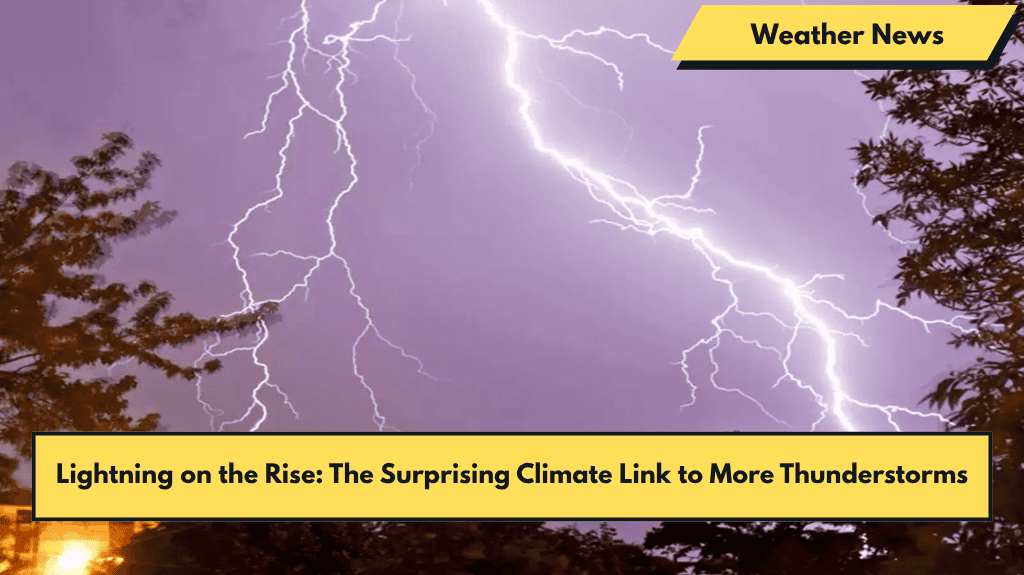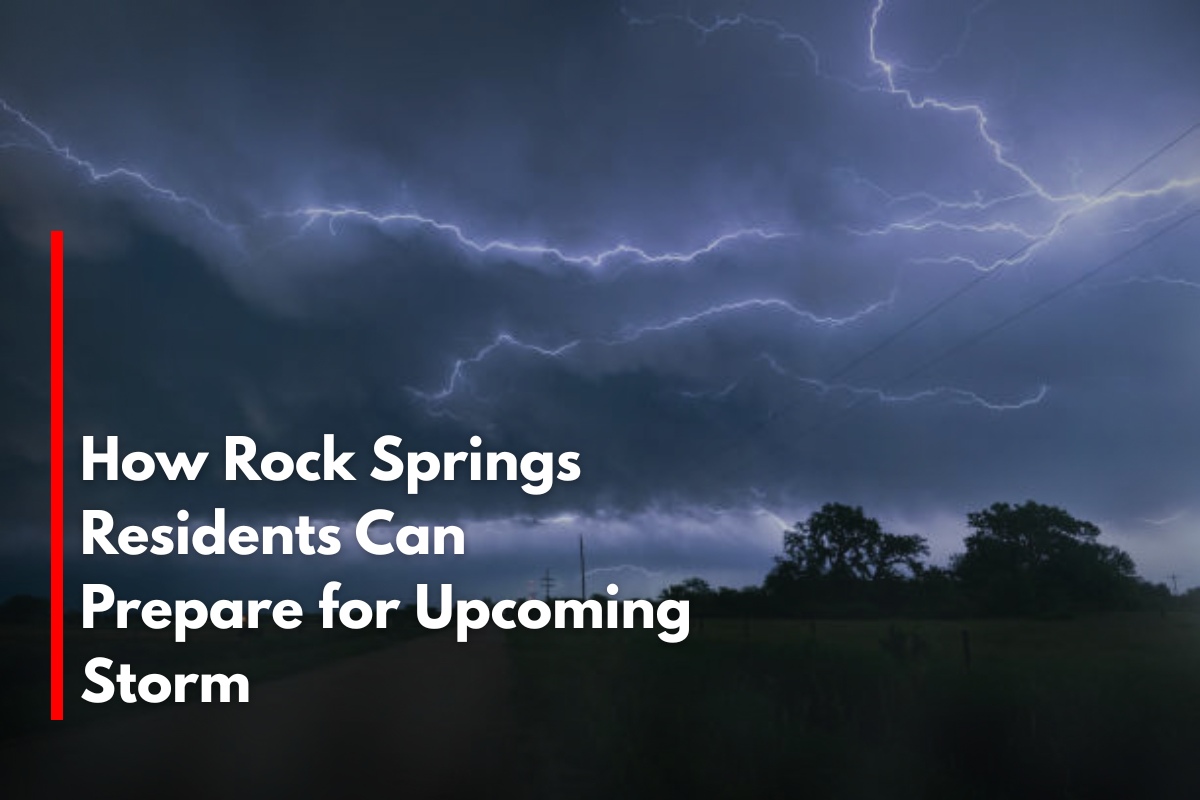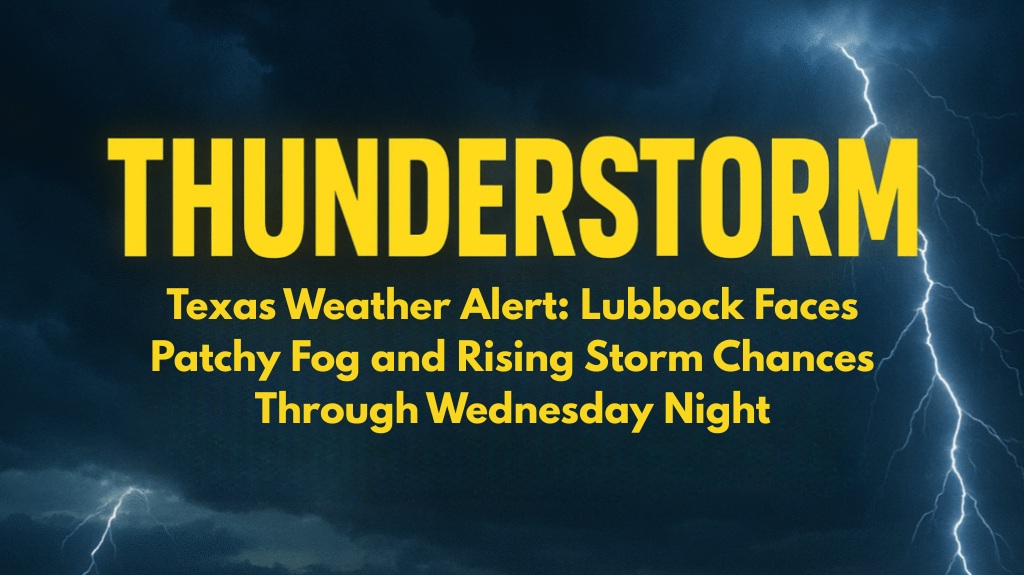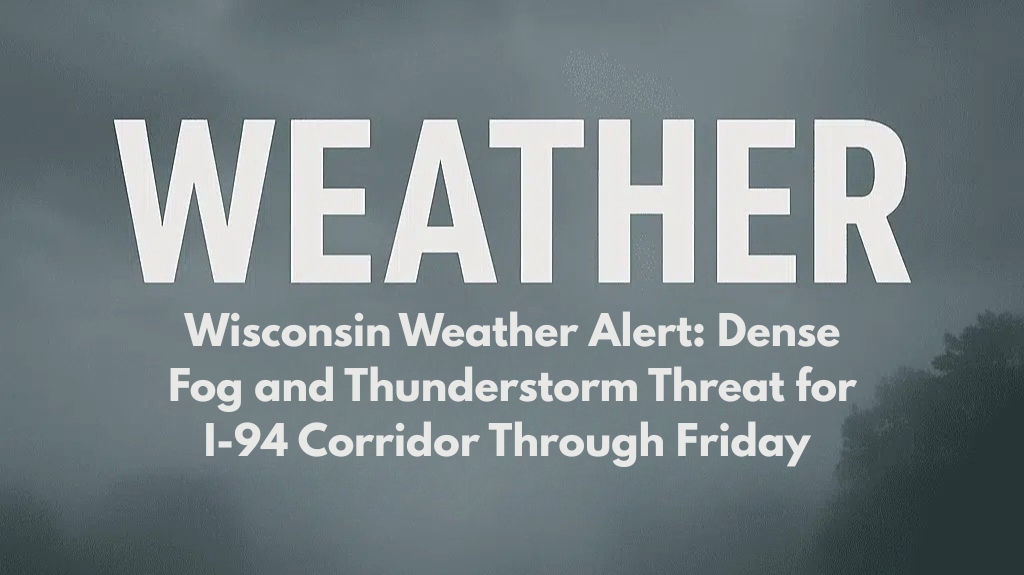Thunderstorms Intensify as Temperatures Climb
Thunderstorms are becoming more frequent and intense, with rising global temperatures identified as a primary factor. In 2024, the World Meteorological Organization (WMO) reported that average global temperatures reached an all-time high, making 2023 the hottest year ever recorded. The warmer air holds more moisture, creating ideal conditions for thunderstorms.
The U.S. National Oceanic and Atmospheric Administration (NOAA) documented a 12% increase in severe thunderstorm days across North America from 2000 to 2024. Regions once too cool for frequent storms are now regularly experiencing intense lightning. This shift in weather patterns is putting more communities in the path of dangerous storms.
Lightning Strikes Reach Record Highs
Recent data shows a stunning surge in global lightning activity. The Global Lightning Dataset (GLD360) recorded over 2.1 billion lightning strikes in 2023, the highest number ever. In the United States, 2024 saw a 15% increase in lightning strikes compared to the previous five-year average. Areas like the Midwest and Southeast experienced up to 30% more strikes.
Scientists attribute this rise to hotter summers and increased moisture in the atmosphere. Cities such as Dallas and Atlanta now frequently witness nightly lightning storms that were once rare. As climate change accelerates, lightning is becoming both more common and more dangerous.
Urban Areas Face Rising Risks
Cities, particularly those affected by the “urban heat island” effect, are feeling the brunt of this surge in storm activity. Urban heat islands occur when buildings and concrete absorb heat, making cities hotter than surrounding areas. In 2024, the National Weather Service reported a 20% increase in urban lightning-related power outages compared to the previous decade.
Hospitals in major cities also saw a 25% rise in lightning-related injuries. The frequency of lightning damage claims in urban areas has doubled since 2020, according to the Insurance Information Institute. City planners are now focusing on updating building codes and improving emergency protocols to handle the growing lightning threat.
Wildfire Season Supercharged by Lightning
Lightning is also a major contributor to wildfires, especially in dry regions. In 2024, lightning was responsible for nearly 50% of wildfires in the western U.S., up from 35% just a decade ago. These fires are harder to contain, often starting in remote areas and spreading quickly due to dry conditions.
Canada’s 2023 wildfire season was the worst on record, with over 18 million hectares burned, much of it caused by lightning. Firefighters are now relying on satellite tracking systems to pinpoint ignition points as soon as storms roll in. The increased intensity of both lightning and wildfires is straining emergency response teams across the continent.
Insurance Costs and Economic Impact Soar
The rise in thunderstorms and lightning strikes is driving up insurance claims and economic losses. The Insurance Information Institute reported $2.5 billion in lightning-related damages in the U.S. in 2024, a 40% increase since 2020. Claims for home fires, electrical surges, and appliance damage have skyrocketed.
Businesses, especially those in manufacturing and technology, are facing more frequent disruptions due to power outages and equipment failures. To manage these risks, insurance companies are raising premiums and adjusting their risk models. The financial strain is being felt by both households and businesses alike.
Thunderstorm Hotspots Shift Geographically
Thunderstorm activity is shifting, with new regions now becoming hotspots for severe weather. Traditionally storm-prone areas like Florida and the Gulf Coast continue to experience high levels of activity, but the Northeast U.S., Southern Canada, and parts of the UK have seen significant increases in storm frequency.
In 2024, the European Severe Storms Laboratory reported a 19% rise in severe thunderstorm activity across Central and Northern Europe. Scientists believe warmer ocean temperatures are influencing atmospheric currents, causing these storms to develop in regions previously unaffected by frequent severe weather.
Children and Outdoor Workers Face Greater Danger
The risks posed by thunderstorms are not shared equally. Children and outdoor workers are particularly vulnerable. The Centers for Disease Control and Prevention (CDC) reported a 30% increase in lightning injuries among children in 2023, with more storms occurring during the summer months when children are outdoors.
Construction workers, farmers, and delivery drivers are also at heightened risk, with workplace safety reports showing a 22% rise in weather-related injuries in 2024. There is growing pressure for schools and employers to update their storm safety protocols and install lightning detection systems to protect vulnerable populations.
Storm Forecasting Technology Advances
Meteorologists are leveraging advanced technology to improve their ability to forecast and track thunderstorms. In 2024, the National Weather Service rolled out enhanced Doppler radar systems capable of detecting lightning at greater distances and with more precision. Artificial intelligence models, which analyze decades of storm data, are now able to predict severe weather up to a week in advance.
Additionally, new weather satellites launched in 2023 provide real-time lightning mapping across North America. These technological advancements have helped reduce fatalities by offering earlier storm warnings, but the increasing frequency of storms presents an ongoing challenge.
Climate Change: The Engine Behind the Surge
The scientific consensus is clear: climate change is driving the rise in thunderstorms and lightning. The Intergovernmental Panel on Climate Change (IPCC) reported in 2023 that for every 1°C increase in global temperatures, lightning activity could increase by up to 12%. Greenhouse gas emissions trap heat in the atmosphere, creating unstable conditions that favor storm formation.
Research from the American Meteorological Society indicates that the frequency of “supercell” thunderstorms—among the most dangerous types—has doubled in the central U.S. since 2000. The link between rising temperatures and more intense storms is becoming stronger every year.
Calls for Action and Adaptation Grow Louder
As the frequency and intensity of thunderstorms increase, the calls for urgent action are growing louder. In 2024, the United Nations issued a special report urging nations to invest in resilient infrastructure and improve storm warning systems. Local governments are prioritizing the construction of lightning-protected shelters and updating their emergency response plans.
Efforts to reduce emissions by promoting renewable energy are also gaining momentum as a way to slow the warming trend. The growing demand for action reflects a global recognition that a stormier future is already here—and steps must be taken to adapt.












